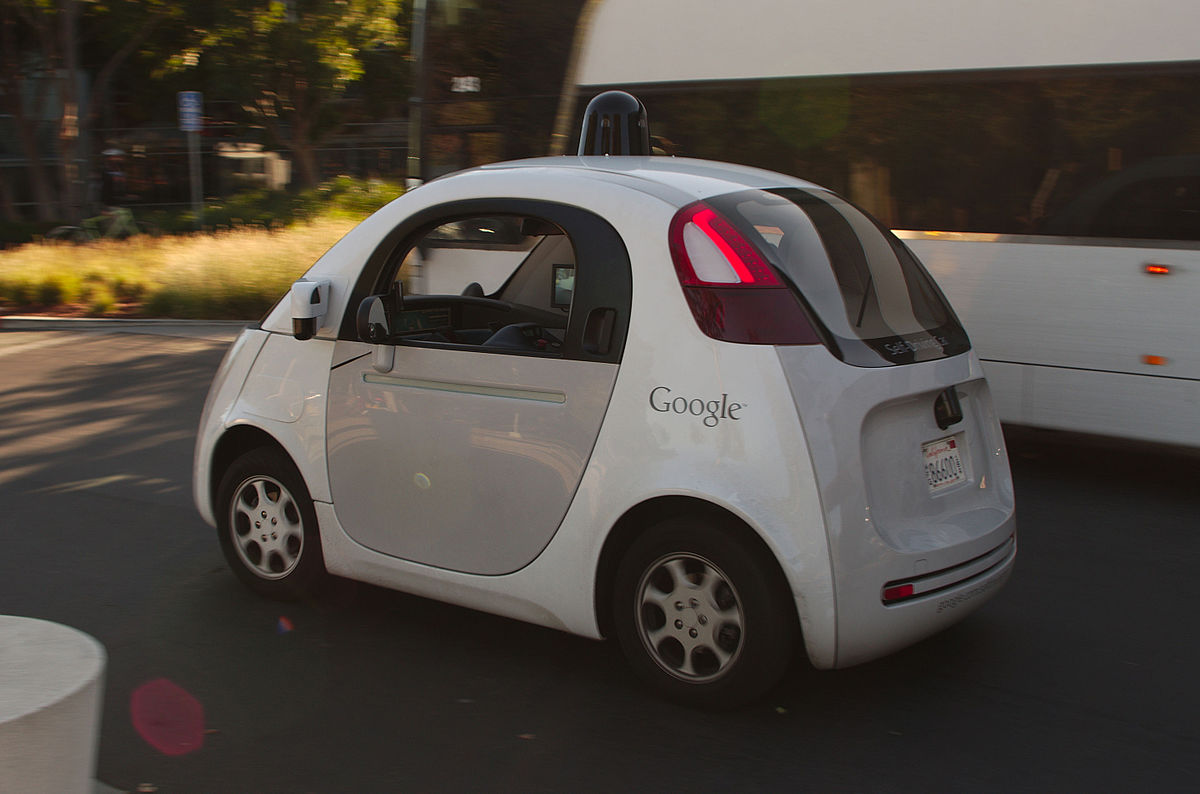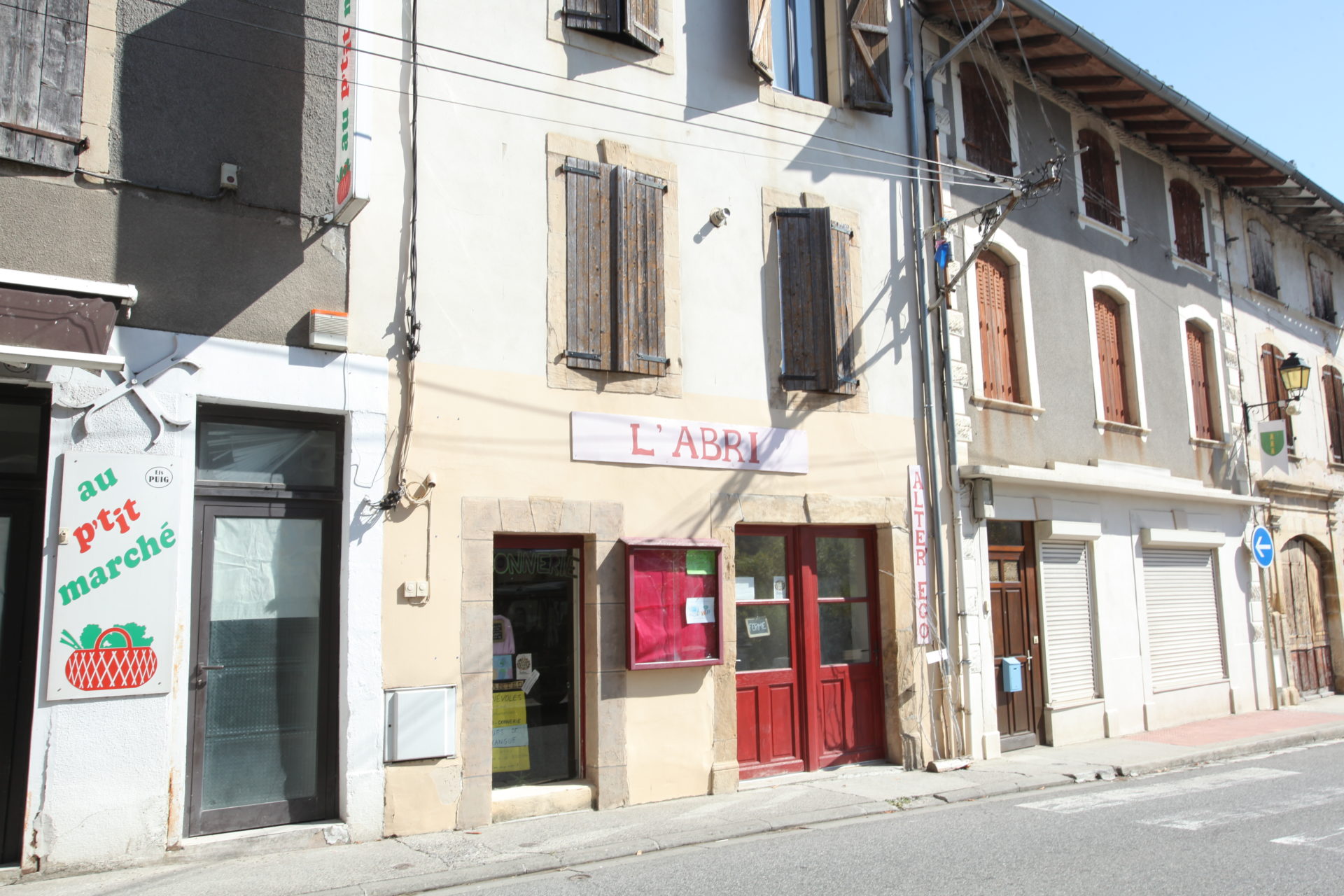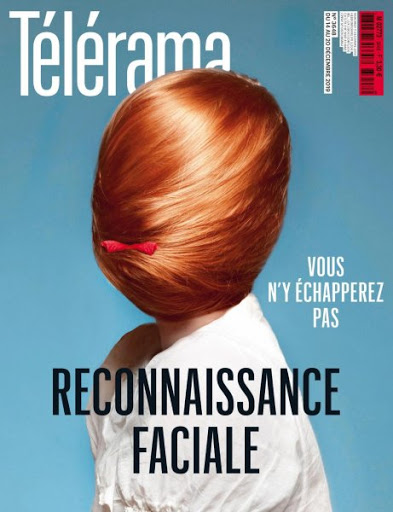When Useful Services Shift Into Mass Surveillance

The following events occurred not too long ago, in China. A city of several million citizens was barricaded in order to prevent the spread of the coronavirus. There was no way in or out. People were ordered to self-quarantine within their homes, and those who were authorized for temporary outings were required to wear a mask. In order to ensure that the new law was enforced, the solution was simple: Drones hovered over the streets, scanning residents, ordering whoever was outdoors to go back into their homes and identifying those who—either out of negligence, dereliction, or simply because they didn’t own one— were not wearing the mandatory mask. A voice sounded from the drone calling locals to order, and—because there had been such wide governmental development and adoption of facial recognition—offenders were spotted, identified, and registered.
First comes discipline then, surely, comes punishment.
This story had been unfolding far from the shores of Western countries, where the share of guaranteed individual freedoms is broader than in dictatorships. But it wasn’t long before the coronavirus pandemic spread indiscriminately to countries historically sheltered from human rights violations. When it did, out came the drones, calling citizens to order and driving them back into their homes.
As was the case in China, the basis for implementing such surveillance was entirely warranted and virtuous: These measures were to protect the people from the frightful virus and ensure better care for those who were infected. Without a shadow of a doubt.
Green, Social, Urban Acupuncture
Yet we cannot help but shudder at the thought that Aldous Huxley’s most terrifying predictions may one day take the form of something even deadlier than a contagious viral disease. For several decades now, cities have been advertised as the sole remedy to the woes of the Earth. A number of experts and observers—myself included—have contributed to the spread of the idea that we must save space and that, to avoid scattering the infrastructures we need to sustain life, the logical move is to group them together in urban centres.
This simple idea is currently neither outdated nor called into question. Indeed, we currently do not know how we could ensure decent living conditions for billions of humans on Earth without bringing them together into collective spaces in which they can share common services, therefore preserving vast areas which can be dedicated to food production. It stands to reason that urban sprawl allows us to better share our resources as well as limit our waste. “The world shall be urban or shall not be” is a widely-shared view whose basis seems self-evident. One of its proponents, Brazilian urban planner and architect Jaime Lerner, has said: “The City is not a problem, the City is a solution.” Elected mayor of Curitiba in 1972 and serving three consecutive terms, Lerner pursued policies enforcing green and social forms of urban acupuncture through projects conceived on a human scale.
Once the idea of an exclusively urban future is adopted, we still have to define what the ideal city would look like—if it exists. Not only must an urban entity be conceived in such a way that it ensures sufficient material conditions for its inhabitants—meaning a roof and a food supply—but it must equally offer them the means to tend to their health and well-being. Last but not least, it needs to provide a number of the intangible enhancements which give meaning to existence. If urban sprawl is indeed the only way we can preserve our future, so be it. But if we must live in cities, let them be attractive and nurturing!

as one of the modes of transport likely to relieve congestion in cities.
An Uncertain Definition
“City” is an ill-defined term. There is not even a consensus regarding the number of inhabitants that are required of a territory in order to qualify it as a city. Stuck between the small and the big, the middle cities feel disregarded, average. Many of them suffer from poor urban planning, which we unfortunately see over and over again despite the established disastrous outcome. One example is the multiplication of peripheral shopping centres under the sacrosanct pretext of job creation, when in fact such projects only drain city centres without showing any positive impact on employment.

Big Data could give some hope to the city centres – here Saint-Gaudens – which have lost a lot of their shops.
At the top of the ladder in terms of size are the metropoles which, though attractive on many levels, remain clusters of disparate components containing hugely diverse living situations. A better choice of words would be “urban territories,” given the colossal divides that separate a large regional capital, a two-storey city centre, a skyscraper business district, a suburban residential area, and so on. These are indeed all cities, or components of cities, yet we cannot identify the city— as it is promoted in certain narratives—as corresponding to a single unified image or, more importantly, answering to a cohesive set of questions.
As a consequence of this uncertain definition, urban planners have begun affixing adjectives to further qualify the word “city” so as to better express the projected, desired, or effective aspect of the cities in question. Thus came the rise of the globalized city, the flexible city, the sustainable city, the sensual city, the light city, the digital city, the contained city, the generic city, the desirable city, the kind city, the diffuse city, the festive city, the franchised city, the ethical city, the stimulating city, the unfinished city, the porous city, to name only a few. In each and every one of these projected cities, Big Data plays a central role in helping to promote their most showcased facet—globalization, flexibility, sustainability, etc.

No Way Around It
Each of us can easily observe the ways in which the data provided to a city’s inhabitants has transformed daily life. Maps, for instance, are no longer of any use to us.
All we have to do is type an address into our smartphones or tablets in order to be guided swiftly to our destination without ever having to look up at the buildings or pay attention to the street names. Forget about cardinal points and let the machine guide you! The wait for public transportation such as buses, trams, and subways has become far more bearable now that the commuter has real-time information on the minutes left to wait, via screens at the stations or their personal devices. Soon, automobiles will no longer require drivers—they’ll be piloted by electronic devices spread out on every corner.

The experience of quarantine in times of pandemic is made far more bearable by the immense amount of data we are able to access from our devices. It is a prison from which we are offered infinite escape, without ever having to leave our homes. Even education and culture are dispensed at home. A future city in which there would be no schools, no theatres, no museums, seems but one step away, but knowing just how vital human, face-to-face, body- to-body interaction is, it is a step we must not take. We must avoid the risk of dehumanizing our cities to the point of reducing them to an accumulation of closed-off cells, to which everything can just be delivered through an online network.
Unless, that is, the destruction of all that is living takes on such magnitude that it becomes impossible to ever set foot outside without being infected with the plague. We have not yet reached that point, but we must be wary of driving the world into just such a deadlock. However, the point we have reached because of Big Data—some would say, thanks to Big Data—is that of mass surveillance. The slightest human action—whether it be within our homes, at work, or in our places of leisure, entertainment, or education—is digitally recorded, and can be effortlessly traced back to its origin. The city is thus a space of conditional freedom. (Nearly) everything is permitted, as long as you toe the line. Everything can be monitored. Everything usually is.

Even those who wear masks in times of confinement can’t escape facial recognition.
In December 2019, the headline of the French weekly magazine Télérama read: Facial recognition, there’s no way around it. (Reconnaissance faciale, vous n’y échapperez pas.) This technology has, more than ever, granted our rampant security craze the means to satisfy its desire. Governments possess an extraordinary array of data collection tools that are perfectly adapted to the mass surveillance of civilians, however many they may be. The tragic thing is that humans are consenting victims to the misuses of Big Data. It goes from willfully volunteering up one’s bank details while purchasing something online, to grooming one’s personal image on social media networks, where many exhibit their private lives for all to see. Everything is out in the open. Everything is known. There is no need for policemen to follow citizens around. Everything is documented. Everything is visible. Even intimacy is logged.
My view may seem pessimistic. Indeed, it is imbued with great concern. But we do, however, possess one imperfect weapon of defense. Its name is Democracy and the Rule of Law, and it is our only shot at avoiding disaster.
Frédéric Lenne is an essayist, journalist, publisher, consultant in urbanism, in particular on the issues related to architecture, city planning, landscape, and the city. In 2013, he created Esprit Urbain, a structure at the service of stakeholders of the living environment. It acts to promote the city communication in all aspects of urban policies.
Frédéric Lenne is an essayist, journalist, publisher, consultant in urbanism, in particular on the issues related to architecture, city planning, landscape, and the city. In 2013, he created Esprit Urbain, a structure at the service of stakeholders of the living environment. It acts to promote the city communication in all aspects of urban policies.
